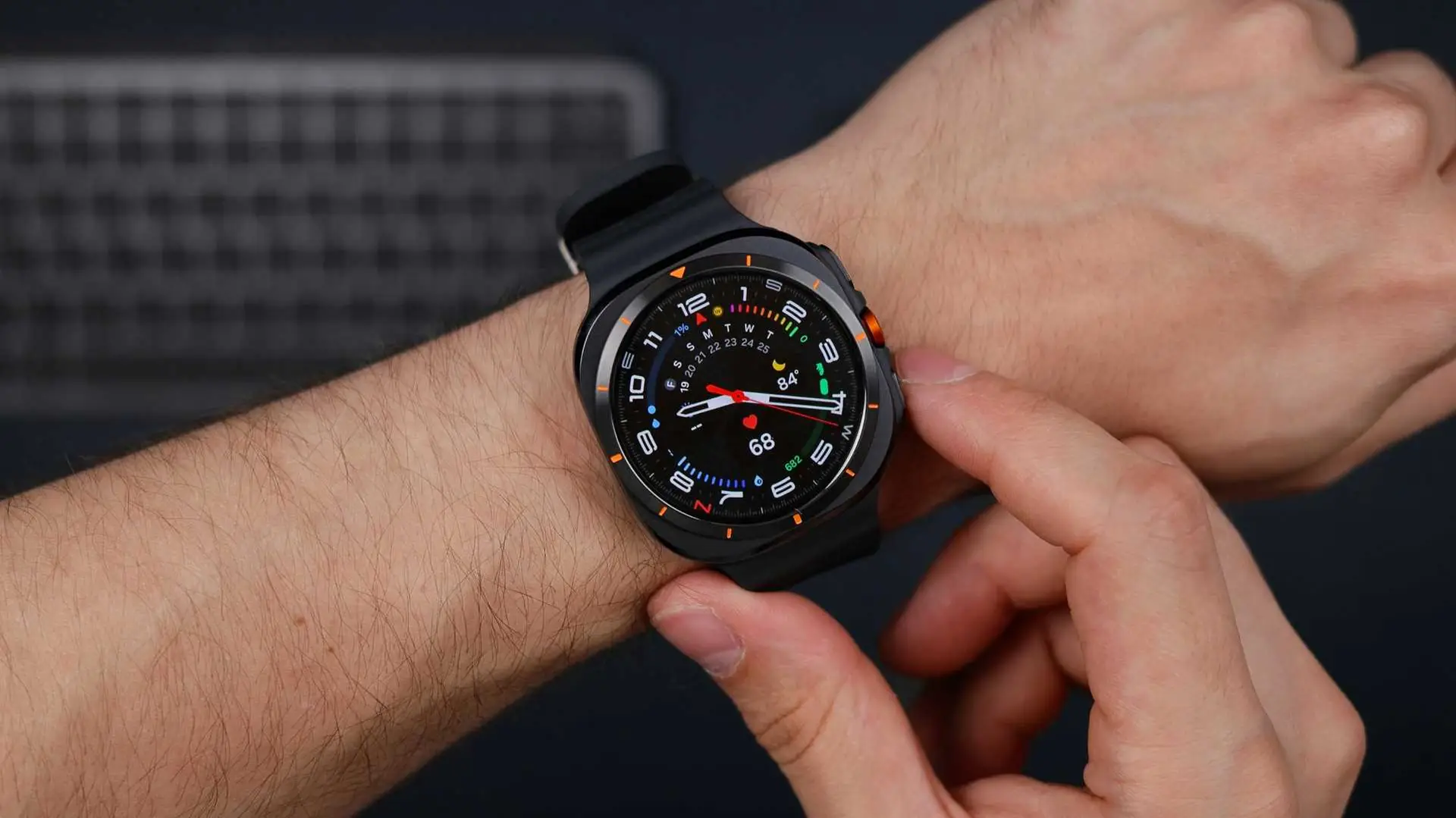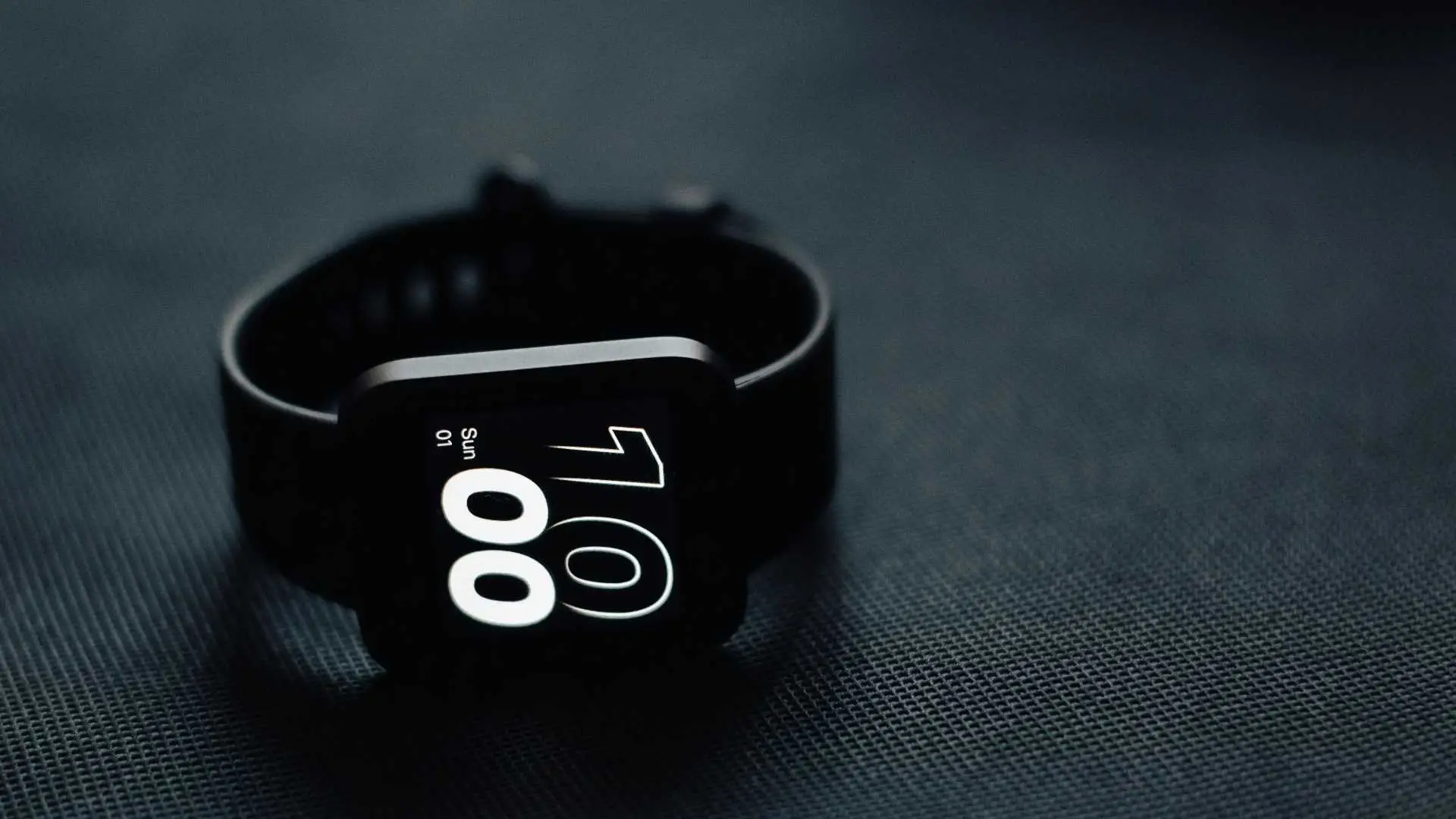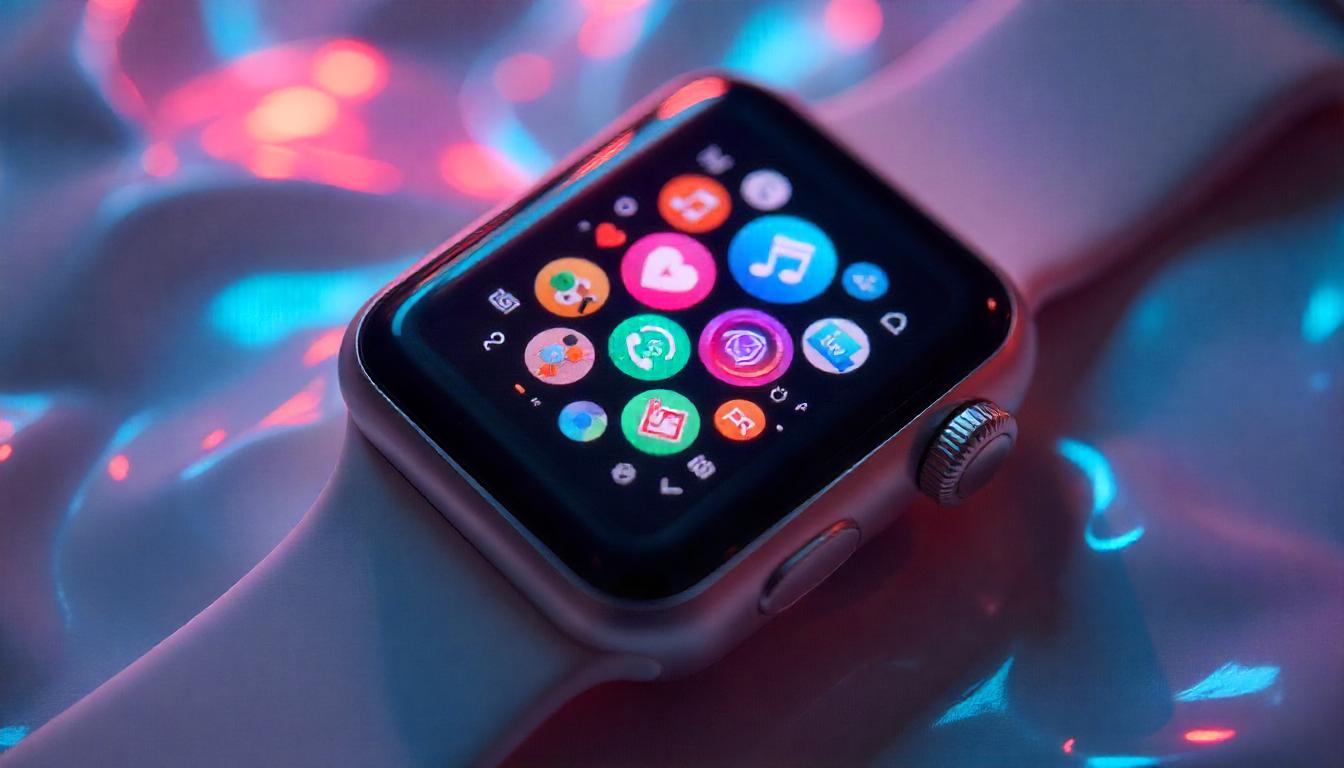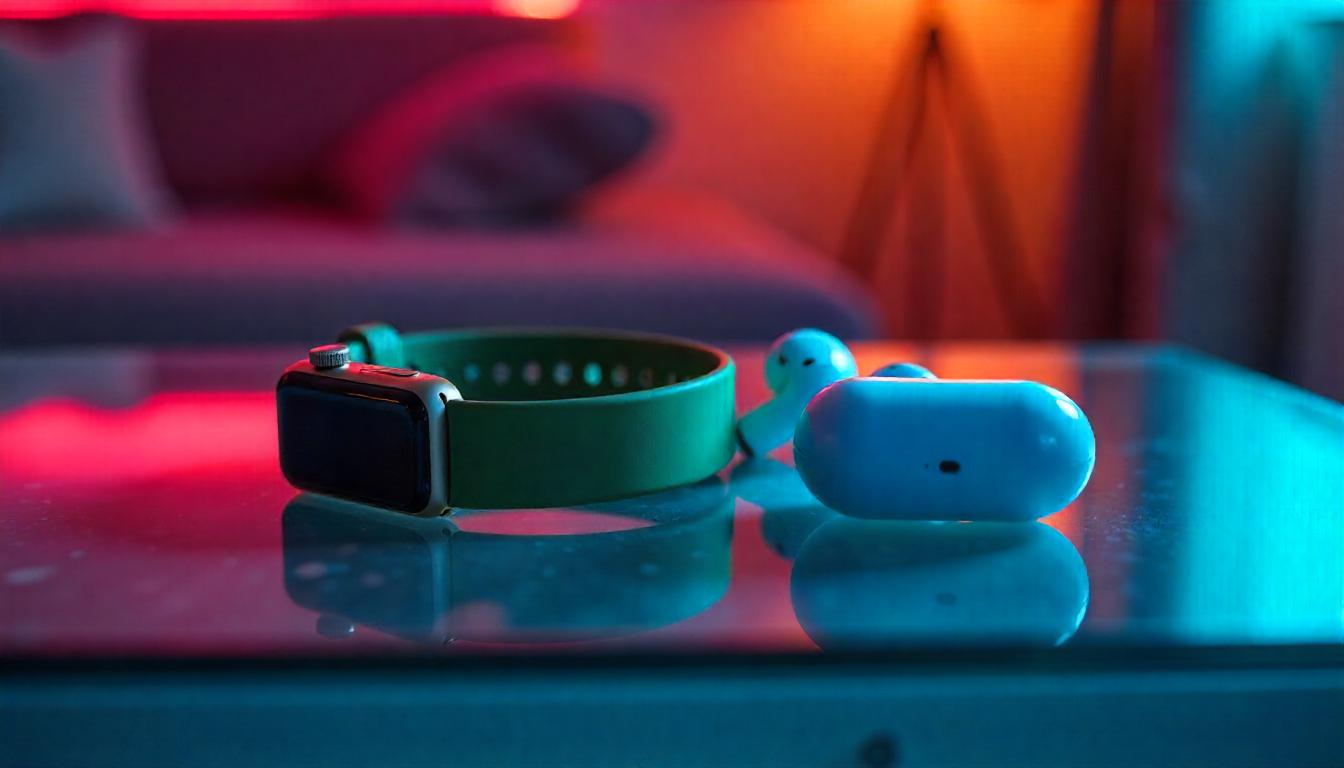Throughout the years, smartwatches have offered a plethora of health-tracking features and abilities that significantly help users be up-to-date with their health data in a convenient way. For example, you could wear your watch continuously while it’s synced to your smartphone and view health metrics such as heart rate tracking, sleep tracking, and a few others, but what about being able to monitor blood sugar levels? Is it possible?
In this article, we will dive into what makes blood pressure measuring non-reliable in smartwatches and smart rings as well as why it isn’t as effective or as accurate compared to a glucometer.
On February 21, 2024, the FDA(Food and Drug Administration) issued a warning regarding smartwatches and smart rings that claim to monitor blood glucose:
“…The FDA has not authorized, cleared, or approved any smartwatch or smart ring that is intended to measure or estimate blood glucose values on its own…”
Why Is This Important?
If you have diabetes, monitoring your blood sugar level is probably a part of your daily routine. Knowing your current blood sugar level helps you take cautionary action regarding food, diabetes medications, and activities to manage blood glucose levels. As you don’t usually feel your blood sugar getting too high or too low, knowing your current blood sugar level allows you to notice high or low readings where it might have serious effects—such as coma or death, and to take necessary action.
For example, say you had your smartwatch readings for your blood glucose levels and then you proceed to base the amount of diabetes medication you take on that reading, while the reading is wrong unbeknownst to you—such action based on that wrong health information could cause you serious medical effects—hyperglycemia, hyperglycemia, or even death.
Therefore, It is of utmost importance to have an accurate way of reading your blood glucose levels—A device approved by the FDA to measure blood sugar, like a CGM.
A CGM (continuous glucose monitor) is a small round device with a sensor that penetrates the skin just enough to reach the blood, per a 2022 study in micromachines. CGMs measure blood in a continuous way rather than one-time measurements—like using a glucometer.
According to the FDA CGMs are the only kind of devices that are authorized by the agency to measure blood sugar and transmit that data to nearby devices or smartphones.
Why Smartwatches Can’t Measure Blood Sugar

Smartwatches have rapidly evolved, and now offer advanced health monitoring features such as heart rate tracking, blood oxygen levels, and heart ECG features.
However, currently, one major health metric these wearables cannot measure is blood sugar level.
The primary issue lies in the complexity of detecting glucose levels through a non-invasive way (piercing the skin). Current blood glucose reading devices rely on piercing the skin and analyzing the blood directly, typically through a finger-prick method that provides access to capillary blood.
Optical methods, such as those used in heart rate sensors (photoplethysmography), work by analyzing how light penetrates the skin to detect changes in blood flow, However, glucose molecules do not interact with light in a way that can be detected using similar techniques as the optical signals for glucose are weak and are prone to interference from other biological substances.
To put it another way, the most accurate way of reading your blood sugar levels is by isolating the glucose from other substances by directly analyzing the blood with a needle and a sensor.
Will Smartwatches Be Able To Monitor Blood Sugar Levels In The Future

Companies like Apple, Fitbit, and others have invested in researching methods to measure blood glucose without drawing blood. Potential approaches being explored are Optical sensors, Chemical sensors, and Electromagnetic sensors. Although research is ongoing significant hurdles remain—Experts believe persistent research and development could make this happen though.
In the end, smartwatches and smart rings are facing considerable technological, biological, and practical challenges that current smartwatches and smart rings have yet to overcome.
Final Thoughts
If you have been using your smartwatch or smart ring to monitor blood sugar levels, then please stop. Talk to your healthcare practitioner about getting a CGM or a glucometer that’s likely FDA-approved.
This will make sure that you reduce the risks of wrongfully trusting your wrist-worn device and possibly protecting you from a medical condition.
















